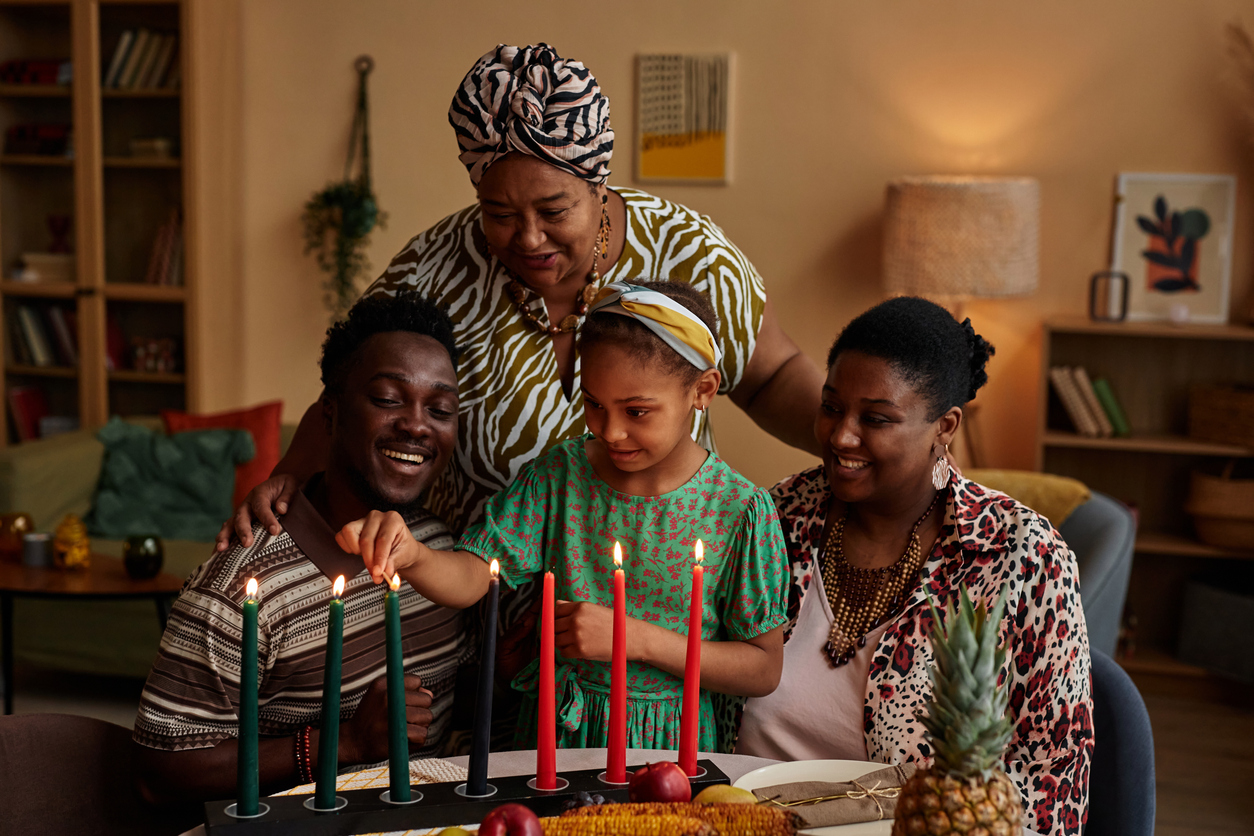
One of the most rewarding aspects of travel is connecting with the local culture—beyond the tourist traps, Instagram spots, and packaged tours. Experiencing a destination authentically means immersing yourself in its traditions, tastes, people, and rhythms. Whether you’re visiting a bustling city or a quiet village, there are meaningful ways to engage with a place that go far beyond the surface. Here’s how to experience authentic local culture when traveling, and create more memorable—and respectful—adventures.
1. Learn the Basics of the Local Language
You don’t have to be fluent, but making an effort to speak a few words of the local language goes a long way. It shows respect and openness—and often earns you warmer interactions.
Start with:
- Hello
- Please and thank you
- How much?
- Where is…?
- Excuse me / I’m sorry
Pro tip:
Apps like Duolingo, Google Translate, or offline phrasebooks are great tools to use before and during your trip.
2. Stay in Locally-Owned Accommodations
Instead of big international hotels, choose locally-run guesthouses, boutique hotels, homestays, or eco-lodges. These places often provide more cultural immersion and direct your money into the community.
Bonus:
Hosts often share insights, recommend hidden gems, or even invite you to local events.
3. Eat Where the Locals Eat
Skip the chains and hotel buffets. Look for busy street stalls, mom-and-pop restaurants, and neighborhood markets.
Tips:
- Ask locals where they eat.
- Use food apps or blogs that highlight local favorites.
- Take a cooking class to learn how traditional meals are prepared.
Food is culture. Every bite tells a story—about history, climate, trade, and identity.
4. Attend Local Festivals and Events
Festivals offer a glimpse into the soul of a culture—music, dance, food, costume, and community all rolled into one.
Examples:
- A village harvest festival in Japan
- A traditional dance performance in Bali
- A saints’ day procession in Spain
Before you go:
Check tourism board calendars or local event listings to see what’s happening while you’re there.
5. Take Local Transportation
Hop on the public bus, subway, ferry, or rickshaw. Not only is it budget-friendly, but it also gives you insight into daily life—and often some great people-watching.
Pro tip:
Be observant and respectful. Follow local norms like queueing, giving up your seat, or how to pay.
6. Support Local Artisans and Markets
Buying souvenirs? Choose hand-crafted goods made by local artists over mass-produced trinkets. Visit craft villages, co-ops, and cultural centers that promote traditional skills.
You get:
- A meaningful, unique souvenir
- The chance to learn about traditional techniques
- The satisfaction of supporting the local economy
7. Engage in Cultural Experiences—But Do So Responsibly
Participate in activities like traditional weaving, cooking, dance, or language lessons—but make sure they’re offered by locals and presented respectfully.
Avoid:
- Exploitative “cultural shows” designed purely for tourists.
- Activities that reduce sacred traditions to photo ops.
- Anything that involves wildlife or human exploitation.
Ask yourself:
Is this experience enriching for both the traveler and the local community?
8. Be Curious—but Not Intrusive
It’s natural to want to photograph colorful markets, unique rituals, or vibrant street scenes—but always ask permission before taking photos of people, especially in spiritual or private settings.
Better approach:
- Strike up a conversation.
- Learn before you shoot.
- Put your camera away and observe with your own eyes.
Authenticity often happens in quiet moments, not just snapshots.
9. Spend Time in Small Towns or Villages
Big cities have a lot to offer, but smaller towns often provide deeper insight into traditional life. They’re also less overwhelmed by tourism, which can make interactions more genuine.
Tip:
Plan at least a few nights outside the main tourist hubs. Use that time to walk slowly, talk to people, and enjoy the rhythm of everyday life.
10. Be a Respectful Guest
Respect is at the heart of authentic travel.
Ways to show it:
- Dress appropriately, especially at religious sites.
- Follow local customs, even if they’re different from your own.
- Be patient with language barriers and differences in pace.
- Ask questions—politely and with an open mind.
Cultural immersion isn’t about performance. It’s about connection, empathy, and humility.
Experiencing authentic local culture isn’t about checking boxes or collecting Instagram stories—it’s about slowing down, paying attention, and engaging with the world as a respectful visitor. The most memorable travel moments often come from unexpected conversations, quiet observations, or shared meals with strangers. So next time you travel, go beyond the guidebooks. Let curiosity, openness, and respect lead the way—and you’ll come home with more than souvenirs. You’ll return with stories, friendships, and a deeper understanding of the world.







